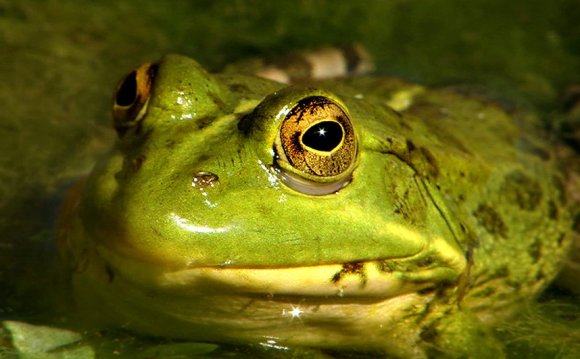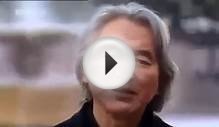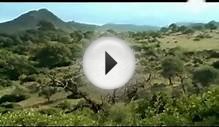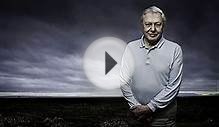
Broadcast and production history[edit]
The Wildlife Specials have always been broadcast on BBC One. Following the pilot, transmitted in 1995, a sequence of six further programmes were broadcast in 1997, as part of the Natural History Unit's 40th anniversary celebrations. Later specials were screened on an intermittent basis, typically at holiday times to attract a family audience. Viewing figures for the 1997 programmes peaked at 9.5 million, for .
Although the animals featured in the specials are frequent documentary subjects, the Wildlife Specials incorporate the latest filming techniques and scientific research to present the creatures in a new light, as described in the examples below:
- During the production of Polar Bear: The Arctic Warrior, the producer and cameraman were trapped on an ice floe for 20 hours, but managed to capture the first scenes of newborn cubs in the den.
- In, infrared cameras are used to reveal the cats' previously unseen nocturnal hunting of baboons.
- uses aerial photography to capture dramatic scenes of the birds, including footage of them dropping tortoises from a great height to smash their shells open. Fifteen of the world's sixty species of eagle were filmed for this programme.
- A specially constructed, remote-controlled airship was used to capture aerial footage of humpback whales as they breached, scooping thousands of fish into their mouths, for Humpback Whale: The Giant of the Oceans.
- Lions: Spy in the Den was the first special to be commissioned from an independent production company. The filmmakers at John Downer Productions used their previous experience on ground-breaking films such as In-Flight Movie to develop a range of mobile, remote-controlled cameras. The "Boulder Cam" was disguised as a rock, and enabled the capture of the first footage shot inside a pride's den. This technique was developed further for the later Spy in the ... specials about elephants and bears.
- Groundbreaking high-speed photography, x-ray imaging and miniature cameras attached to the heads of snakes captured footage of new and revealing behaviour in Serpent: Through the Eyes of the Snake.
- For the two-part special Trek: Spy on the Wildebeest, cameras disguised as tortoises and crocodiles, and an aerial camera christened "Dragonfly Cam", were developed.
- In Tiger: Spy in the Jungle, trained elephants carried and deployed the "Trunk Cam" and "Tusk Cam", whilst the "Log Cam" gathered unique footage of India's jungle wildlife.
Programmes[edit]
David Attenborough in the opening sequence of Lions: Spy in the DenA list of programme titles with original broadcast date:
- Swarm: Nature's Incredible Invasions
- Leopard won the Award for Innovation at the 1998 Jackson Hole Wildlife Film Festival
- Polar Bear won the Best Factual Photography award at the 1998 BAFTAs
- Tiger: The Elusive Princess won the Best Factual Photography award at the 2000 BAFTAs
- A scene of a python swallowing an antelope whole, from Serpent, won Best Factual Moment at the BBC's 2002 TV Moments awards show
Merchandise[edit]
On 23 May 2004, four of the early specials, Leopard, Eagle, Tiger: The Elusive Princess, and Serpent, were released on DVD, both individually and as a box set. The first eight specials were released previously on VHS.
Other specials were released on DVD later. Lions, Elephants, and Bears were collectively released as The Spy in the ... Collection on 2 October 2006. Trek and Tiger: Spy in the Jungle were each released separately on 9 June 2008.
RELATED VIDEO











